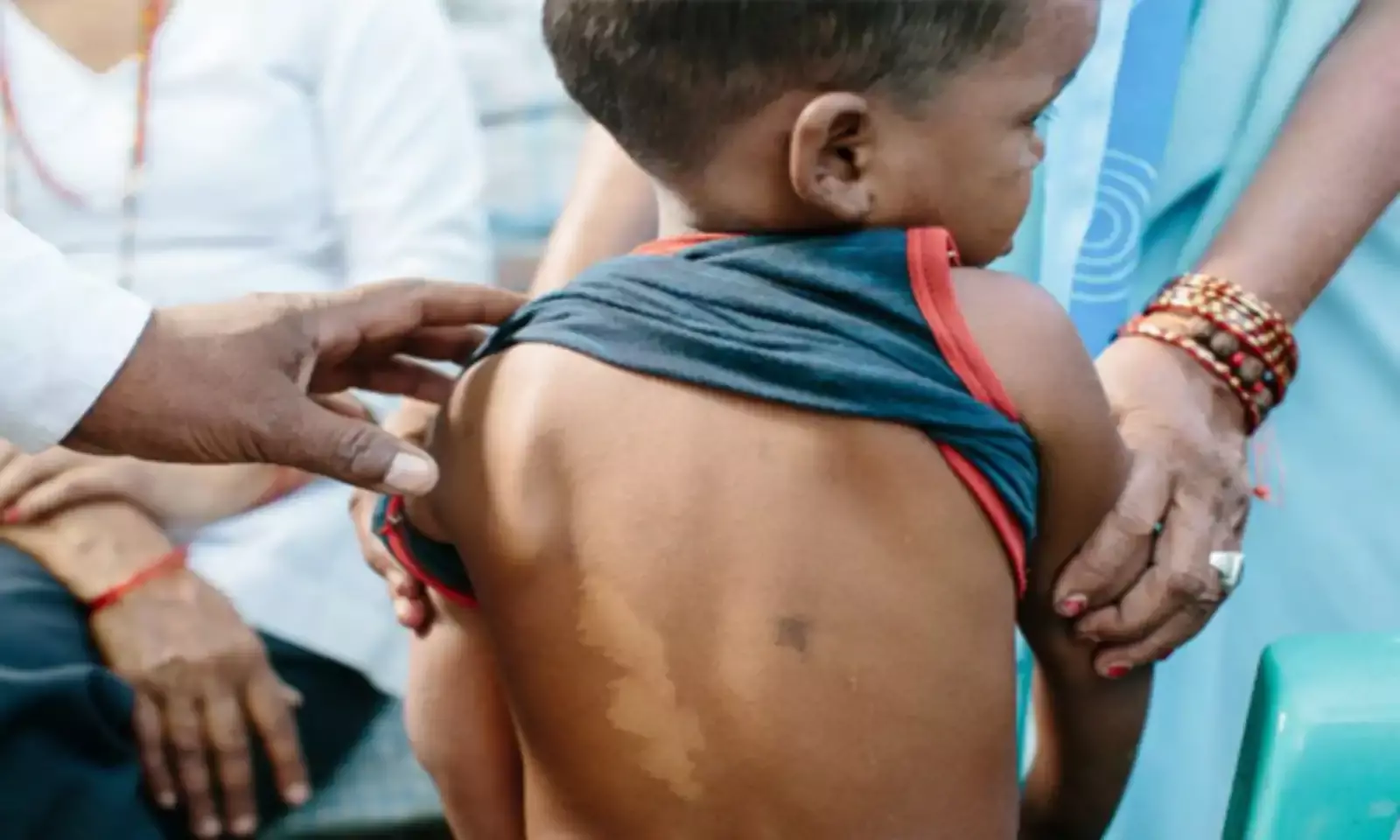World Leprosy Day: 5 Popular Myths About the Disease Busted
Leprosy patients are often ostracised owing to several misbeliefs surrounding the disease; here are five of them debunked

Photo: WHO
In India, 312 people were diagnosed with leprosy everyday in 2019-2020, showed World Health Organization (WHO) data.
The theme of this year's World Leprosy Day, observed every year on the last Sunday of January, is United for Dignity — a call to end leprosy-related stigma and discrimination. India has seen a 9.2% reduction in leprosy cases — from over 1.26 lakh in 2017-18 to over 1.14 lakh in 2019-20. But, experts say, it is mainly due to challenges posed by the COVID-19 pandemic in detection and surveillance of leprosy cases.
Leprosy is a slow-multiplying, chronic infectious disease caused by Mycobacterium Leprae, an organism primarily affecting the body's peripheral nerves and then affecting the skin.
To bust common myths surrounding the disease, FactChecker spoke to Dr Vivek V Pai, dermatologist and director of Bombay Leprosy Project.
Myth 1: India has eliminated leprosy
In 2005, India declared that leprosy had been eliminated as a public health concern. But that meant that the prevalence rate was less than one case per 10,000 people.
In fact, India has the highest number of leprosy cases in the world as of 2020, followed by Brazil and Indonesia. In the past three years, India has reported over a lakh cases each year. Among states in 2019-20, Bihar (16,595) saw the highest number of cases, followed by Maharashtra (16,572) and Uttar Pradesh (15,484), while Lakshadweep is the only region to report zero cases.
The National Leprosy Eradication Programme (NLEP) is aimed at making India leprosy free. The focus of the scheme is to bring down prevalence rate of leprosy to less than 1/10,000 population at district level, Grade II disability rate per million population to zero at district level, Grade II disability to zero among new cases and child leprosy cases to zero.
Myth 2: Leprosy spread has increased
While there was a 6.4% rise in detection of new leprosy cases between March 2016 and March 2017, the number of cases have decreased by 10.1% between 2016 and 2020.
One of the main reasons for this drop in 2020 can be the COVID-19 pandemic, said Dr Pai. "Maharashtra was reporting around 16,000 to 17,000 cases annually, but due to COVID-19 there has been a drop of almost 50% in new cases due to restrictions. And now that's picking back up due to active case detection and surveillance measures," said Dr Pai.
Myth 3: Leprosy is highly contagious
Leprosy is a mildly infectious disease and can be contracted only after being in long-term close contact with an infectious person. This is when 95% of the world's population has natural immunity to leprosy, according to the Centers for Disease Control and Prevention (CDC).
For instance, casual interaction with a leprosy patient such as shaking hands will not lead to the spread of the disease. It spreads through small droplets from noses and mouths of infected persons. According to Dr Pai, some of the cardinal symptoms are redness, reddish patches which have either diminished sensation or loss of sensation, numbness in hands or feet or both, weakness in hands, changes in the texture of the skin, non- healing wounds in hands or feet, burns/scalds, blisters on hands and excessive cracks and fissures of the soles.
The disease is neither transmitted from mother to child during pregnancy, nor is it hereditary. It is also not spread through sexual contact. It is an illness that develops very slowly and can take years to first show symptoms in a person — making it difficult to trace the source of the infection.
Myth 4: Leprosy cannot be treated and causes ghastly deformities
Leprosy can be treated and cured with multi-drug therapy (MDT), a combination of three antibiotics: Rifampin, Clofazimine and Dapsone. The treatment period can last between 6 months to a year or longer. One week into treatment, the patient ceases to be infectious.
However, recurrence of the disease can occur if the patient stops taking the prescribed antibiotics before completing the course, and if they are continually exposed to unhygienic surroundings and the causing bacteria.
Several people are unaware that deformities occur only in advanced stages. The bacteria attack nerve endings and damage the body's ability to feel pain. With the loss of sensation, patients injure themselves leading to tissue loss and infections. When wounds fail to heal due to repeated injuries in numb areas, it might lead to amputations. But this can be entirely prevented if detected and treated in time.
Myth 5: Leprosy described in historical texts is same as Hansen's disease
The disease described in historical and religious text – especially in the Bible — is not the same as modern leprosy, according to the CDC. The condition mentioned in religious texts describes a variety of skin deformities that were highly contagious. These texts also describe how patients were isolated or ostracized from their communities.
Since leprosy is completely curable when treated, a patient does not have to quarantine or live in isolation. However, discrimination and stigma continue to exist as around 2 lakh people live in leprosy colonies and 76 rehabilitation centres.


